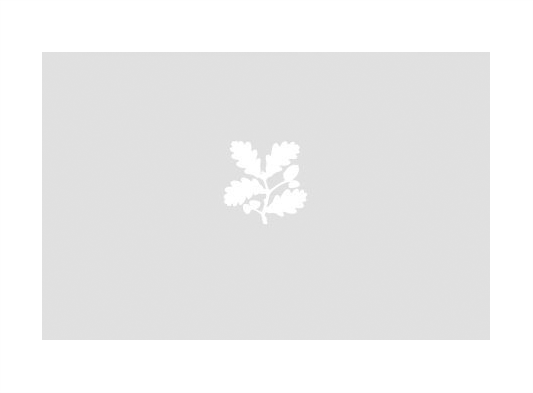Card table
Category
Furniture
Date
circa 1720 - 1730
Materials
Walnut, velvet, oak, deal, brass
Measurements
73 cm (H); 82.5 cm (W); 30 cm (D)
Place of origin
England
Collection
Beningbrough Hall, North Yorkshire
NT 1190872
Summary
A feather banded and cross banded walnut gateleg card table, English, circa 1720-30. The hinged circular top with a hollow moulded edge and textile lined playing surface, above a deep arcaded frieze with drawers and candle slides, raised on polygonal tapering baluster legs tied by shaped stretchers and with turned bun feet.
Full description
Card tables are discussed by Bowett in English Furniture 1660-1714 . This, illustrated by Bowett (plate 9:39) is a common form of early card table. essentially original, with some restoration and repair. It may be the type of table referred to in contemporary documents as a 'Ombre' table, after the three-handed card game of the same name. The first specific reference to card tables is in the Lord Chamberlain's accounts of 1712 when Thomas Roberts submitted a bill for 'mending six card tables that was much broake'. Another similar card table (NT 1190845) in the Beningbrough collection is also illustrated by Bowett (plate 9:36). The construction and design of the tables is not a strong one and most surviving examples have restorations and replacements to the gate, legs and stretchers. (James Weedon, October 2019)
Provenance
Bequest to the National Trust of conditionally tax exempt objects from Lady Megaw to Beningbrough Hall in 1973.
References
Bowett 2002: Adam Bowett, English Furniture 1660-1714, 2002, pp.289-294
